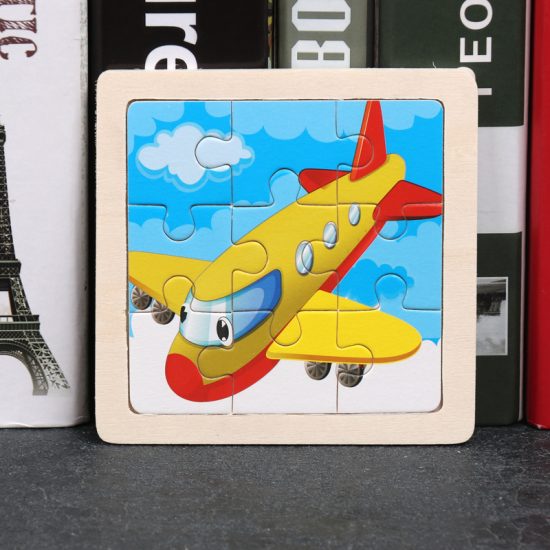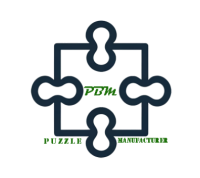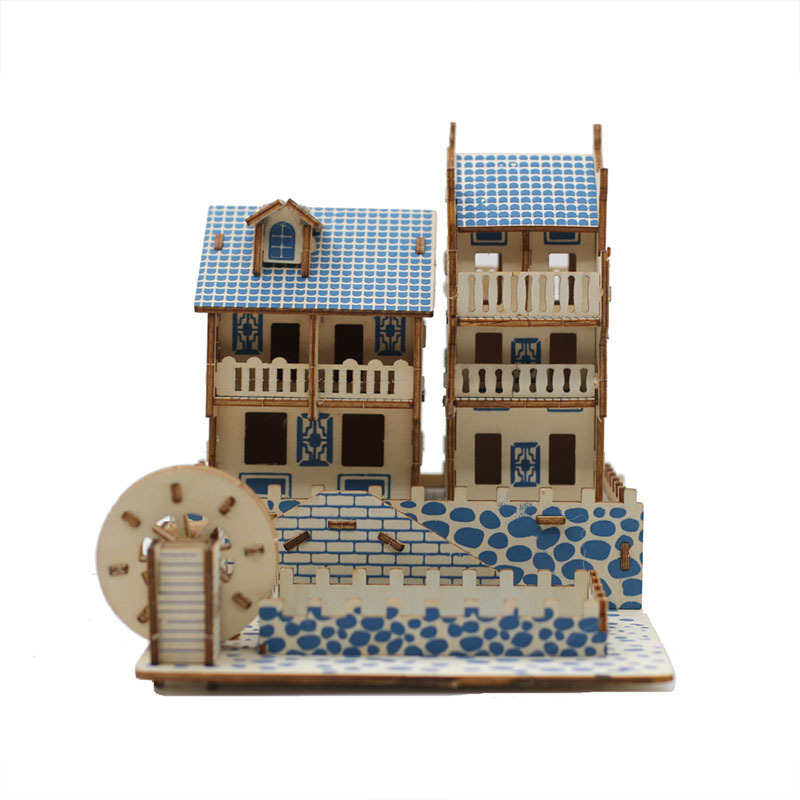3D puzzles can be classified into different printing types, including:
- Lithographic printing: This is a high-quality printing method that produces sharp, vivid colors and fine details. Lithographic printing is commonly used for producing 3D puzzles made of cardboard.
- Digital printing: This method involves printing the puzzle design directly onto the puzzle material using a digital printer. Digital printing is typically used for producing smaller, more complex puzzles.
- Silkscreen printing: This printing method involves pressing ink through a stencil onto the puzzle material. Silkscreen printing is commonly used for producing 3D puzzles made of plastic.
- Inkjet printing: This is a printing method that uses small droplets of ink to create the puzzle design. Inkjet printing is typically used for producing high-quality 3D puzzles made of paper or cardboard.
- UV printing: This method involves using ultraviolet light to dry the ink as it is printed onto the puzzle material, resulting in a durable and long-lasting print. UV printing is commonly used for producing 3D puzzles made of acrylic or other plastic materials.



